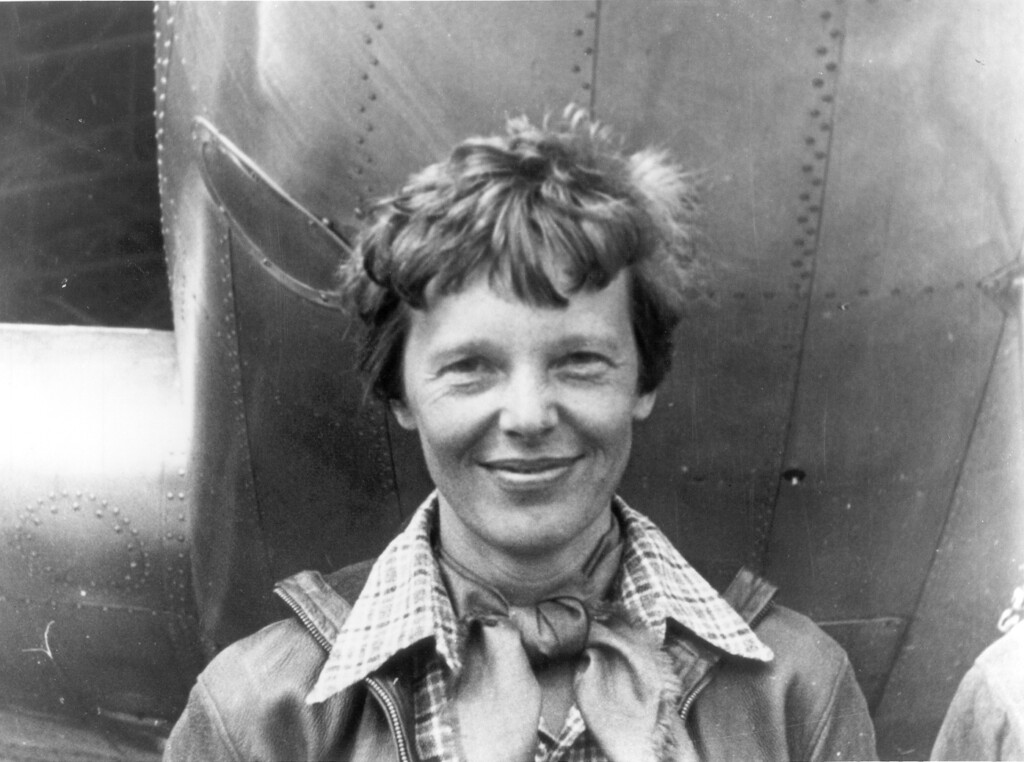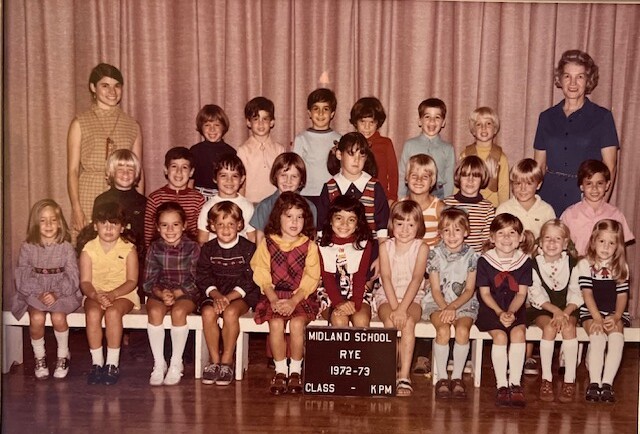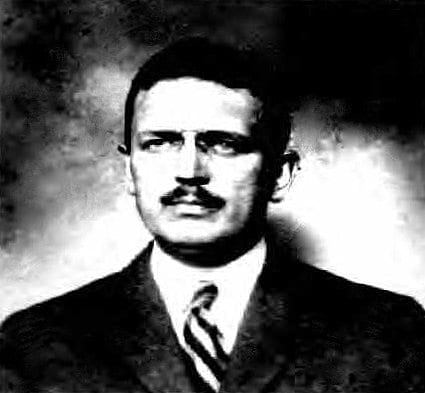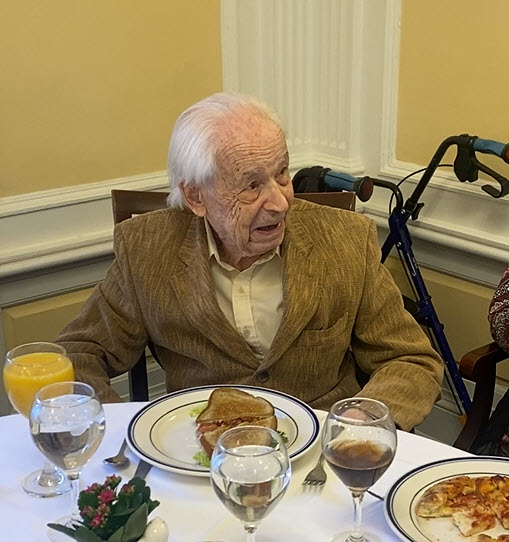RyeGPT People of Note: Aviation Trailblazer Amelia Earhart

RyeGPT People of Note is a series highlighting individuals who have a connection to the City of Rye. In the series we ask OpenAI’s ChatGPT to prepare a biography and explain the individual’s connection to Rye.
We welcome your feedback on this series – the use of artificial intelligence, the accuracy and usefulness of each article and your assistance in understanding other pertinent insights related to the person’s connection to Rye.
You can add comments at the bottom of each article or you can send feedback via Tips & Letters.

Amelia Earhart, born on July 24, 1897, in Atchison, Kansas, was a pioneering American aviator renowned for her groundbreaking achievements in aviation and her enduring legacy as a symbol of courage and determination.
Early Life and Passion for Flight
In 1918, while working as a nurse’s aide during World War I, Earhart became interested in aviation after watching military pilots train at a nearby airfield in Toronto, Canada. The sight of these planes in action sparked her curiosity, and she soon began collecting newspaper clippings about female aviators, particularly those who had accomplished significant feats. Her first experience with flight came in 1920 when she attended an air show in Long Beach, California, with her father. There, famed pilot Frank Hawks took her for a short ride, and from the moment the plane lifted off the ground, Earhart was captivated. By 1921, she had purchased her first aircraft, a bright yellow Kinner Airster biplane, which she affectionately named “The Canary.”
Aviation Achievements
In 1928, Earhart gained international fame as the first woman to fly across the Atlantic Ocean, albeit as a passenger. This accomplishment propelled her into the public eye and ignited her determination to achieve even greater feats. By 1932, she piloted a solo nonstop flight across the Atlantic, becoming the first woman to do so. Her career was marked by numerous records, including being the first person to fly solo from Honolulu, Hawaii, to Oakland, California, in 1935. Beyond her aerial exploits, Earhart was a dedicated advocate for women’s rights and played a pivotal role in the formation of The Ninety-Nines, an organization dedicated to supporting female pilots.
Connection to Rye, New York
Earhart’s personal life intertwined closely with Rye, New York, through her marriage to George Palmer Putnam, a prominent publisher, in 1931. The couple resided at Putnam’s family home located at 37 Locust Avenue in Rye.
John Motley Morehead, Minister to Sweden and former Mayor of Rye, welcomed Earhart on behalf of the village of Rye, where she was greeted by Mayor Livingston Platt. Responding with a brief speech, Earhart remarked, “I grow my vegetables in Rye and eat them in Harrison.” The home of her husband, George Palmer Putnam, is in Harrison, and part of the grounds is in Rye.
In 1928, Putnam helped Earhart publicize her historic trans-Atlantic flight with Charles Lindbergh, inviting her to work on her book at the Putnam residence. In September 1928, the Rye Chronicle reported: “During the past six weeks Miss Earhart has become a familiar figure in Rye, notably at the Manursing Island Club, where she has enjoyed the swimming.”
After Putnam and Earhart married in 1931, they organized her historic solo transatlantic flight during the winter of 1931-32. Their time in Rye was also marked by social engagements; notably, they hosted a gathering at the Westchester Country Club, celebrating Earhart’s achievements and fostering connections with fellow aviators, including Ruth Nichols, a Rye resident and fellow pioneering female pilot.
Tragically, in late November 1934, while Earhart was on the West Coast, a fire engulfed the Putnam residence in Rye, destroying many personal mementos and family treasures. This event prompted Earhart and Putnam to relocate to the West Coast, where they continued their respective careers.
Mysterious Disappearance and Legacy
In 1937, as Earhart endeavored to become the first woman to circumnavigate the globe, she and her navigator, Fred Noonan, disappeared over the Pacific Ocean near Howland Island. Despite extensive search efforts, neither they nor their aircraft were ever found, leading to her being declared legally dead in 1939.






